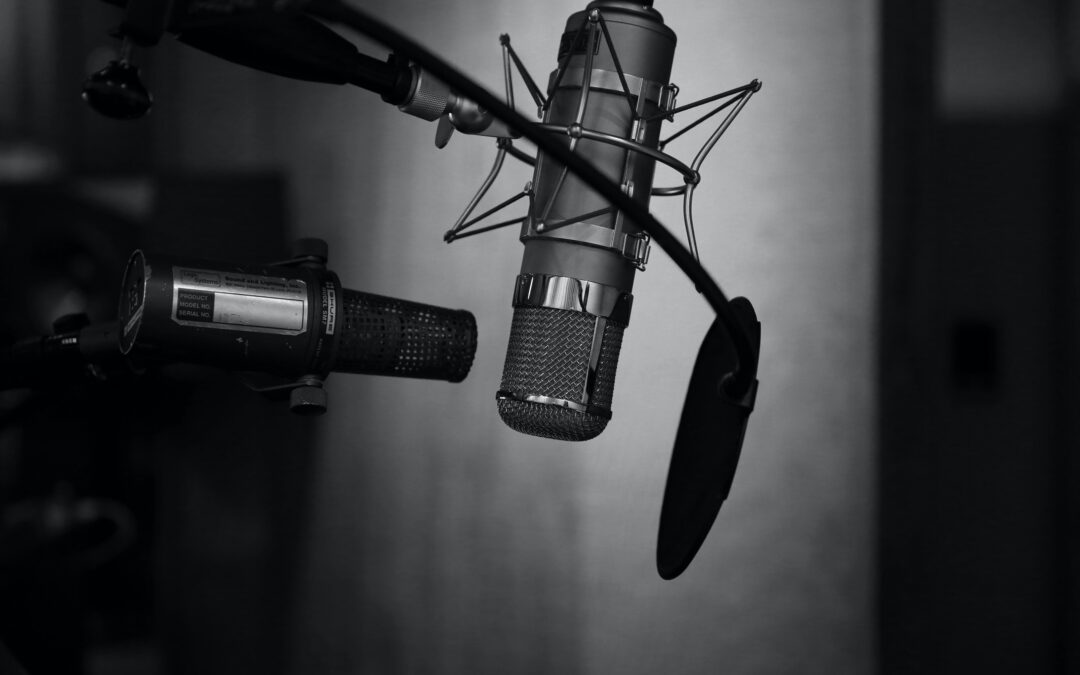Radio has been a mainstay in the media industry for over a century, and its landscape has evolved tremendously over time. In 2023, we are seeing even more significant changes as technology advances, and listeners’ preferences shift. With these changes come new opportunities and challenges for voices in the radio industry. In this article, we will explore the evolving radio landscape and the voices that are driving it.
Podcasts
Podcasts are becoming an increasingly popular medium for radio broadcasters, with a growing number of listeners tuning in to their favorite shows on-demand. This shift is largely driven by the convenience and flexibility that podcasts offer. People can listen to podcasts while commuting, working out, or doing other activities, making them an easy addition to their daily routines.
The voices in the podcasting world are diverse, ranging from professional broadcasters to independent content creators. Voices that resonate with listeners tend to have a distinct personality and style, and they create a connection with their audience that keeps them coming back for more. In 2023, we can expect to see a continued demand for authentic and relatable voices in the podcasting industry.
Live Streaming
Live streaming has become a popular trend in the radio industry, allowing listeners to engage with their favorite radio hosts in real-time. This shift is driven by the rise of social media platforms, which offer live streaming features that make it easier for radio stations to connect with their audience.
In the live streaming landscape, the voices that are most successful are those that are able to connect with their audience on a personal level. Authenticity and relatability are key factors that drive engagement and build a loyal fan base. In 2023, we can expect to see an increase in the use of live streaming by radio stations, and with that, an increased demand for voices that can connect with listeners in a personal way.
AI Voices
Artificial intelligence (AI) technology is advancing at a rapid pace, and this technology is being incorporated into the radio industry. AI voices have become an increasingly popular option for radio broadcasters as they offer a cost-effective and efficient solution for voiceovers and commercials.
In 2023, we can expect to see even more AI voices being used in the radio industry, especially for commercials and announcements. However, there are some concerns about the use of AI voices, as they may lack the human touch that resonates with listeners. Therefore, while AI voices may be a useful tool for radio stations, human voices will likely remain a key component in the industry.
Diversity and Inclusion
In recent years, there has been a growing emphasis on diversity and inclusion in the media industry, and this trend has extended to the radio landscape. In 2023, we can expect to see more diverse voices represented in the radio industry, including women, people of color, and members of the community.
Diversity and inclusion are essential for the radio industry to reflect the diverse audience it serves. By embracing diverse voices, radio stations can create a more inclusive environment that resonates with a wider audience. In addition, listeners are increasingly demanding diversity and inclusion in their media, making it essential for the industry to adapt and evolve in this direction.
Conclusion
The radio landscape is constantly evolving, and with these changes come new opportunities and challenges for voices in the industry. In 2023, we can expect to see a continued demand for authentic and relatable voices in the podcasting and live streaming worlds. AI voices will also become more prevalent in the industry, but human voices will remain a crucial component. Finally, we can expect to see more emphasis on diversity and inclusion in the industry, reflecting the needs and demands of a diverse audience.

